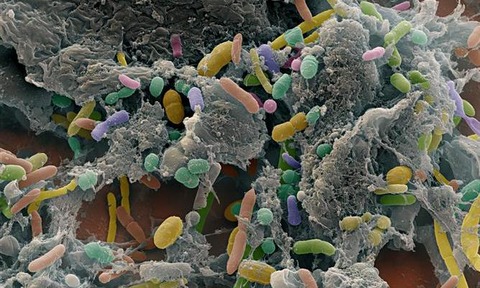Microfluidic device separates non-spherical bioparticles
18 Apr 2013

World’s first microfluidic device to effectively separate non-spherical bioparticles has been developed by a team in Singapore.
The National University of Singapore (NUS) has developed a microfluidic device for separation and detection of non-spherical bioparticles.
These include bioparticles such as bacteria and red blood cells. As well as being non-spherical, many are also deformable.
The new technique could potentially replace an age-old method of detection based on bacterial culture.
The technique is able to provide 100 per cent separation of red blood cells
Professor Zhang Yong explained: “The old method was developed about 100 years ago, but it is still being used today as the mainstream technique because no new technique is available for effective separation of bacteria from pathological samples like blood.
“Many of the pathogenic bacteria are non-spherical but most microfluidic devices today are for separating spherical cells.
“Our method uses a special I-shape pillar array which is capable of separating non-spherical or irregularly-shaped bioparticles.”
The I-shape pillar array induces rotational movements of the non-spherical particles which in turn increases the effective hydrodynamic size of the bioparticles flowing in the device, allowing for efficient separation.
It is able to provide 100 per cent separation of red blood cells from blood samples, outperforming conventional cylindrical pillar array designs.
The device can also potentially separate bioparticles with diverse shapes and sizes.
The team has tested their device successfully on rod-shaped bacteria such as Escherichia coli.
So far, this has been difficult to achieve using conventional microfluidic chips.
Zhang said: “With our current findings, we hope to move on to separate other non-spherical bioparticles like fungi, with higher throughput and efficiency, circumventing the spherical size dependency of current techniques.”

